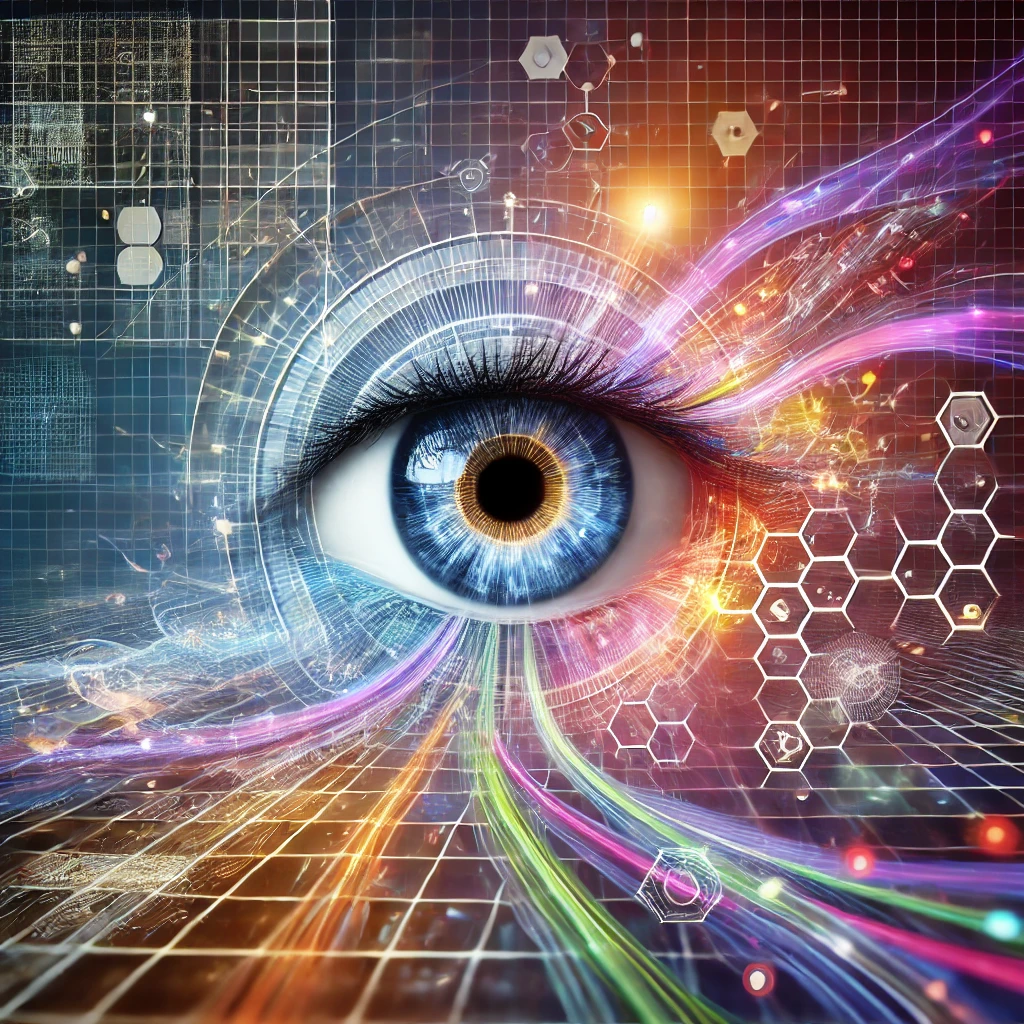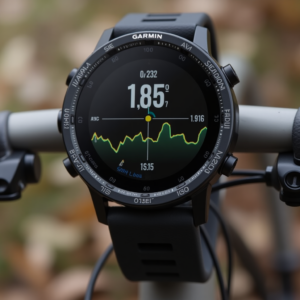
Tasks Associated with Computer Vision
Computer vision is a transformative technology with numerous applications in fields such as healthcare, automotive, retail, and more. At its core, computer vision involves enabling machines to interpret and understand visual data. Below, we dive into the essential tasks associated with computer vision, exploring how they work and their real-world applications.
1. Image Classification
Image classification is one of the primary tasks in computer vision. It involves labeling images into predefined categories based on their content. For example, a model might categorize an image as a “cat” or “dog” based on its visual features. This task plays a critical role in areas such as social media, healthcare diagnostics, and even retail analytics.
2. Object Detection
Object detection extends beyond image classification by locating specific objects within an image. Unlike classification, which simply labels an image, object detection provides information about the location and number of objects. Self-driving cars use object detection to identify other vehicles, pedestrians, and obstacles on the road.
3. Facial Recognition
Facial recognition is a specialized form of object detection and image classification, focused on identifying human faces. It has a wide range of applications, from security systems to unlocking mobile devices. Advances in machine learning have made facial recognition highly accurate, though privacy concerns are an ongoing issue.
4. Semantic Segmentation
Semantic segmentation is another key task in computer vision. It involves dividing an image into multiple segments, where each pixel is classified into a category. This process is particularly useful in medical imaging, where doctors can examine segmented portions of an X-ray or MRI to identify specific regions of interest.
5. Image Generation
Using techniques like Generative Adversarial Networks (GANs), computer vision systems can generate entirely new images. These models learn the patterns of existing data and use that information to create realistic images, which are useful for video game development, marketing, and even art projects.
Real-World Applications of Computer Vision Tasks
The tasks associated with computer vision are applicable across numerous industries. In healthcare, image classification and segmentation enable early disease detection. Retailers leverage object detection for inventory management, while law enforcement uses facial recognition to enhance security measures.


